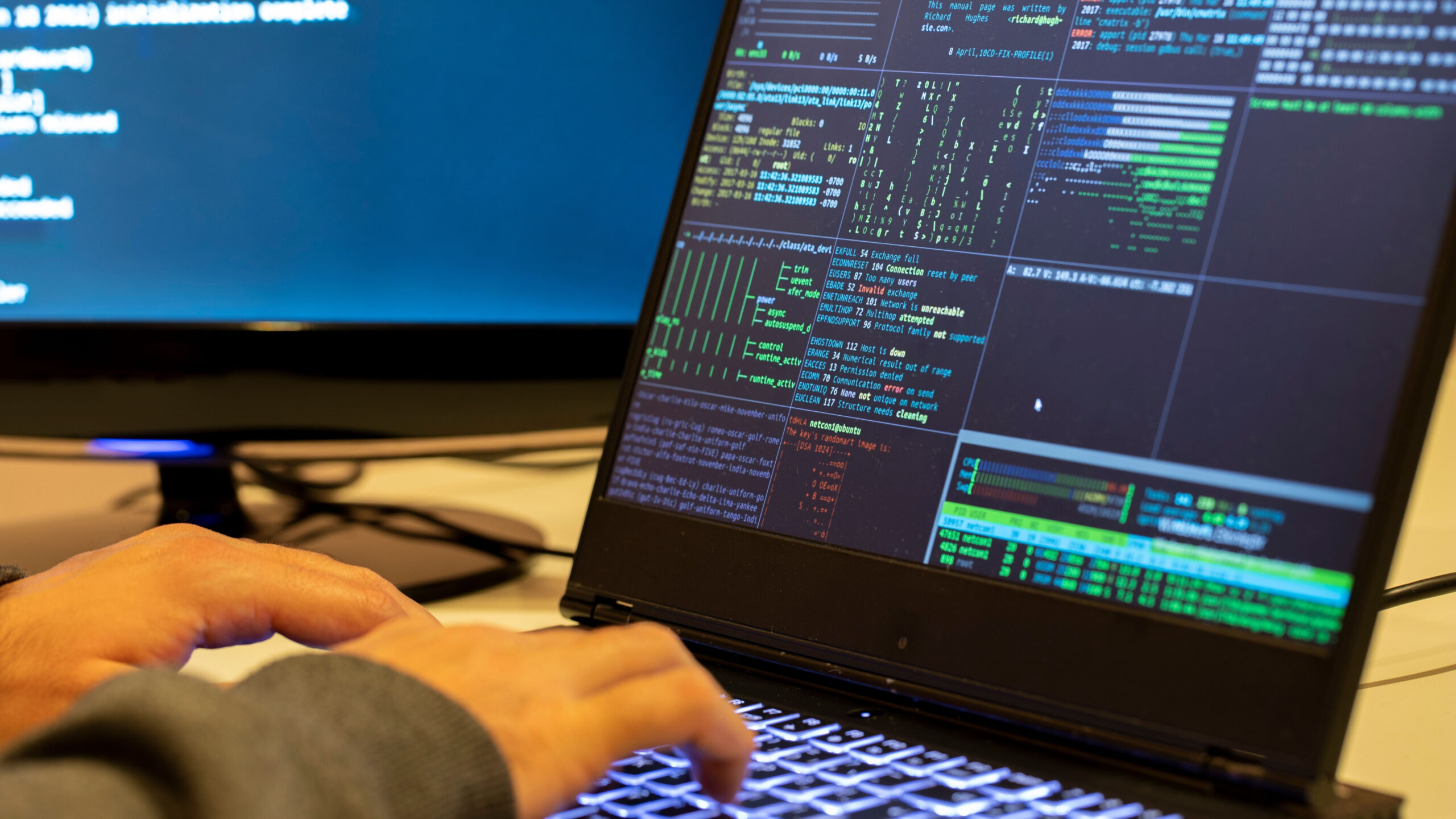Hearing and Panel Take Up the Subject of Fair Use
Yesterday, just as the House of Representatives Judiciary Committee was holding a hearing on fair use, the New York State Bar Association was holding its own, entirely coincidental panel on recent fair use developments. (Your correspondent was there to speak on the following panel, regarding the Supreme Court’s pending case in ABC v. Aereo, a subject DisCo has covered elsewhere.) A large group of knowledgeable practitioners offered valuable insights on the current state of fair use, which ranged from some surprise at the Cariou decision to some eye-rolling about plaintiffs’ over-reaching claims in cases like SOFA v. Dodger (both of which were discussed in DisCo’s review of 2013 fair use cases).
One point with which the panel concluded was the hypothesis that the recent judicial expansion of fair use has been driven by the recent legislative expansion of copyright term. (That led to some speculation that rightsholder constituencies may seek to extend terms yet again in 2018, an observation that was accompanied by a few audible gasps).
There may be some merit to this rationale, and it is not just longer term alone that may have contributed the expansion of fair use. Various facets of copyright have been expanded. Remedies have been strengthened through legislation, and new rights have been created, including the fact that plaintiffs have been given new causes of action for anti-circumvention and alteration of rights management information in the 1998 Digital Millennium Copyright Act. Courts increasingly view the fair use provision as a safety valve, releasing litigation pressure resulting from the expansion of the statutory entitlement.
It shouldn’t come as a surprise, then, that as intellectual property norms are strengthening around the world, an increasing number of countries have also embraced fair use, or the English version, fair dealing. Concurrent with this trend, the U.S. Trade Representative decided in July 2012 to advocate a provision in the Trans-Pacific Partnership to “obligate Parties to seek to achieve an appropriate balance in their copyright systems in providing copyright exceptions and limitations for purposes such as criticism, comment, news reporting, teaching, scholarship, and research” — a list which, although not specifically using the term “fair use,” is drawn from Section 107 of the Copyright Act.
There is wisdom to this approach: if international law is already moving in this direction, it behooves U.S. policy to try and shape developments to be as consistent with the U.S. approach as possible. Although the subject of trade agreements is generally within the jurisdiction of the Ways & Means Committee, this proposal nevertheless came up in yesterday’s Judiciary hearing.
Were any of the prevailing defendants in the slew of fair use cases from 2013 at the witness table to respond to this inquiry about exporting fair use, they might have noted the importance of fair use in the commercial context — something that was widely evident in the NY State Bar Association’s panel. It is hard to envision, for example, how it would advance U.S. interests for another country’s courts to hold (as a U.S. court declined to do) that Woody Allen’s Midnight in Paris engaged in piracy by paraphrasing nine words from William Faulkner. If that quotation were fair use in the United States but infringing abroad (where fair use doesn’t exist), the liability risks would substantially impair the potential market for the film. And so it is with other U.S. businesses that benefit from copyright limitations (who add several trillion dollars to U.S. GDP, by last estimates).
Broadly speaking, international export markets are not actually about movie quotes at all — the greatest growth potential in U.S. exports is in enormously transformative online services like search and social media, and new consumer electronics and technologies. International disharmony in copyright limitations can pose just as much a barrier to trade in these products and services as disharmony in copyright protection impairs content exports.








